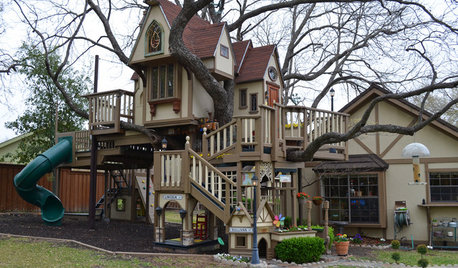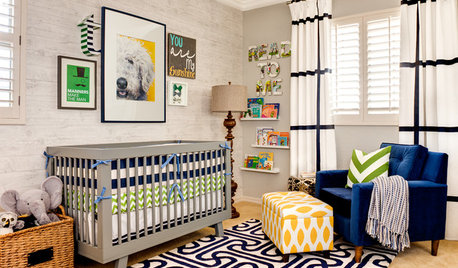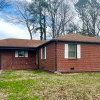What do ya'll think about this lawsuit?
c9pilot
9 years ago
Related Stories

PETSSo You're Thinking About Getting a Dog
Prepare yourself for the realities of training, cost and the impact that lovable pooch might have on your house
Full Story
MOST POPULARThe Most Incredible Kids' Tree House You'll Ever See?
Duck your head to enter this unforgettable Dallas wonderwork, lovingly crafted with imaginative delights
Full Story
DECORATING GUIDESThe '70s Are Back. Can Ya Dig It?
No need to cringe. These 21 groovy blasts from the past are updated to look fabulous today
Full Story
KIDS’ SPACESSee an Arizona Nursery That’ll Never Get Old
Age appropriate but not childish, this baby boy’s room will grow with him without a redesign
Full Story
CONTAINER GARDENSWant an Easy Tropical Oasis? Think Container Plants
Tropical plants have taken one coastal community by storm. Come on a walk with us to get ideas for your own porch, patio or garden
Full Story
LIFEStop the Toy Takeover by Changing the Way You Think
Make over your approach and get gift givers onboard with your decluttering efforts by providing meaningful toy alternatives
Full Story
FUN HOUZZEverything I Need to Know About Decorating I Learned from Downton Abbey
Mind your manors with these 10 decorating tips from the PBS series, returning on January 5
Full Story
LIFEThe Beautiful Thing About Dad's Chair
My father had his own spot in the house. His father had his own spot. Now I have mine
Full Story
GREEN BUILDINGLet’s Clear Up Some Confusion About Solar Panels
Different panel types do different things. If you want solar energy for your home, get the basics here first
Full Story
CONTRACTOR TIPSBuilding Permits: What to Know About Green Building and Energy Codes
In Part 4 of our series examining the residential permit process, we review typical green building and energy code requirements
Full Story








c9pilotOriginal Author
raee_gw zone 5b-6a Ohio
Related Professionals
Dayton Architects & Building Designers · Makakilo City Architects & Building Designers · Arlington General Contractors · Pooler General Contractors · Broadview Heights General Contractors · Browns Mills General Contractors · Eatontown General Contractors · Enfield General Contractors · Red Wing General Contractors · Summit General Contractors · The Hammocks General Contractors · Warren General Contractors · Kendale Lakes Home Stagers · Saint Paul Home Stagers · Westbury Interior Designers & Decoratorsdreamgarden
jewelisfabulous
violetwest
raee_gw zone 5b-6a Ohio
ncrealestateguy
c9pilotOriginal Author
ncrealestateguy
deegw
deegw
sweet_tea
ncrealestateguy
sweet_tea
deegw
kswl2
jewelisfabulous
c9pilotOriginal Author
C Marlin
ncrealestateguy
c9pilotOriginal Author